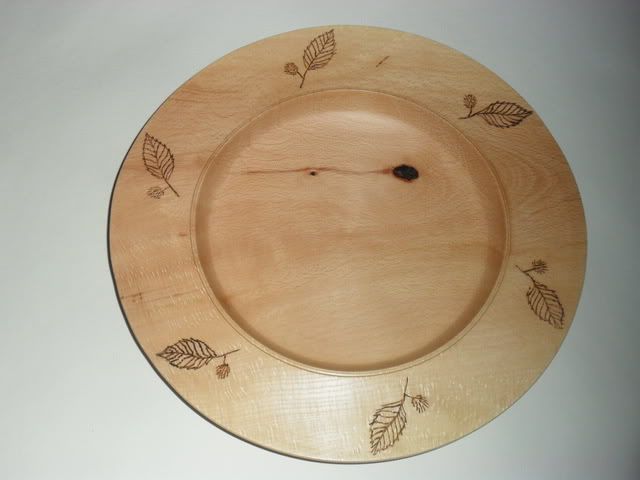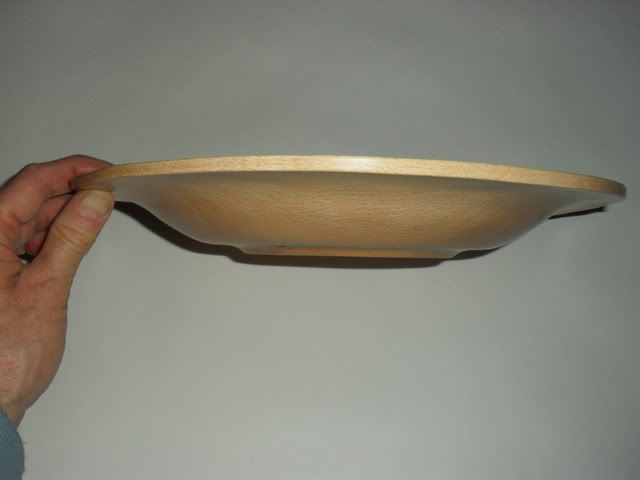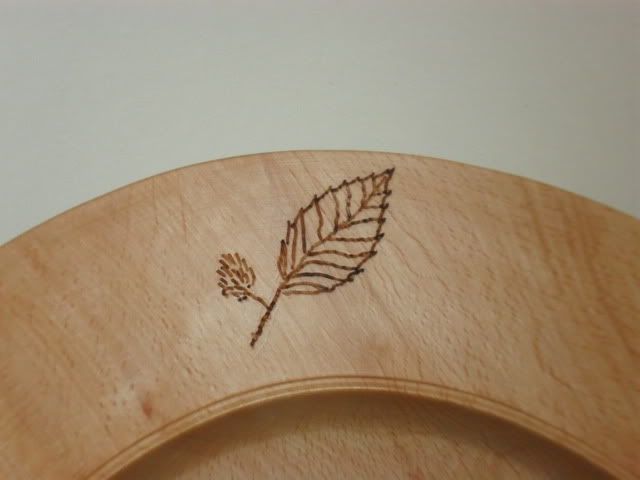nev
Established Member
Hi everyone,
to get us underway The Blister Challenge for October shall be A Decorated Platter, (a display piece).
Our Judge for October will be Richard (i think)
Must be New work for this Challenge
Can be any diameter.
Does not need to be circular.
Any wood type ( Wood type and cost / value will not be taken into consideration ) as this challenge is all about design / shape / form / turning and finishing skills.
To be made from any wood type, (other materials can be incorporated as long as it is turned on a wood turning lathe with wood turning tools.)
Colouring / textured / burning / piercing / carving / Multiple Segmented turning all allowed.
Entry does not need to be fit for purpose of holding foodstuffs, so no need for food safe finishes (if so desired).
Any entry's outside the rules and requirements will not be judged.
The Judges decision is final ( Any negative comments re judging must be via PM only and not on the open forum )
NO Critique or comments on any work until after the Judging and results.
Please state wood type if known, dimensions and a little about how you made it and what tools and finish you used ( this helps the judge )
Please post 3 images of your work
1 side profile
1 showing the item looking down ( general view )
1 highlighting any features you may be particularly proud of.
Image size please use image size 640 x 480 0.3 mp, same previous months
When your entry is ready please go to our new scoreboard http://ukwturningcomp.co.uk/
Log in to your account and mark yourself as ready by 10 pm on the 26th October after this time the scoreboard will be locked.
Entry’s to be uploaded from 10pm on 27th Oct. up until 10pm on the 29th Oct. after this time the thread will be locked for Judging.
Results hopefully posted by 31st October, any glaringly obvious mistakes in the rules please let me know
nev
Roundup
to get us underway The Blister Challenge for October shall be A Decorated Platter, (a display piece).
Our Judge for October will be Richard (i think)
Must be New work for this Challenge
Can be any diameter.
Does not need to be circular.
Any wood type ( Wood type and cost / value will not be taken into consideration ) as this challenge is all about design / shape / form / turning and finishing skills.
To be made from any wood type, (other materials can be incorporated as long as it is turned on a wood turning lathe with wood turning tools.)
Colouring / textured / burning / piercing / carving / Multiple Segmented turning all allowed.
Entry does not need to be fit for purpose of holding foodstuffs, so no need for food safe finishes (if so desired).
Any entry's outside the rules and requirements will not be judged.
The Judges decision is final ( Any negative comments re judging must be via PM only and not on the open forum )
NO Critique or comments on any work until after the Judging and results.
Please state wood type if known, dimensions and a little about how you made it and what tools and finish you used ( this helps the judge )
Please post 3 images of your work
1 side profile
1 showing the item looking down ( general view )
1 highlighting any features you may be particularly proud of.
Image size please use image size 640 x 480 0.3 mp, same previous months
When your entry is ready please go to our new scoreboard http://ukwturningcomp.co.uk/
Log in to your account and mark yourself as ready by 10 pm on the 26th October after this time the scoreboard will be locked.
Entry’s to be uploaded from 10pm on 27th Oct. up until 10pm on the 29th Oct. after this time the thread will be locked for Judging.
Results hopefully posted by 31st October, any glaringly obvious mistakes in the rules please let me know
nev
Roundup
































































